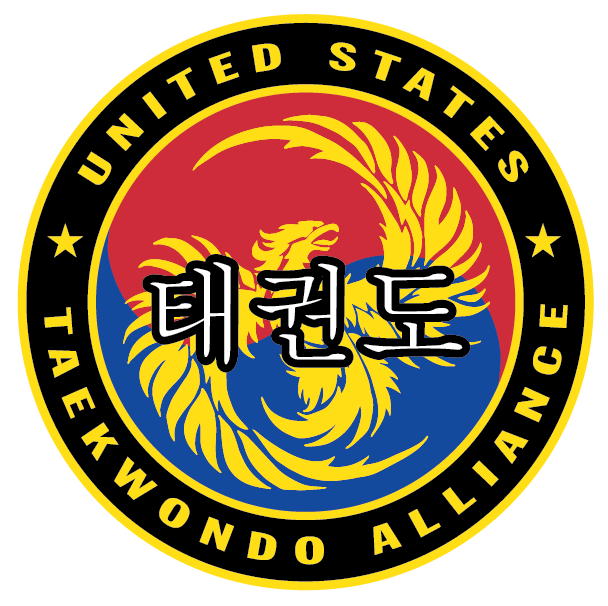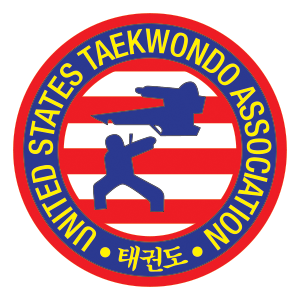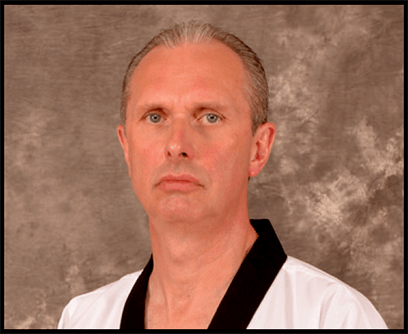November 15, 2020
Volume III, Number 1
From The Editor
As we continue dealing with the covid-19 pandemic, face-to-face training is limited to a small number of students in the physical dojang (with masks!); and Zoom conferencing is still a major way that skills are transmitted. We face a long winter, but with advances in the treatment of the disease and with a vaccine on the horizon, I look with hope to spring as we persevere. But we have been busy here at HOONLYUN, putting together an ambitious collection of articles for your education and enjoyment. This is our biggest issue yet! The focus of HOONLYUN—and the USTA as an organization—is to promote the traditional and evolving art of Taekwondo. The feature interview in this issue highlights the life of Grandmaster Pyung Soo Kim, a living example of traditional, pre-sport Taekwondo, by his senior student Master Alberto Borjas. It was such a pleasure to work with and edit this wonderful composition by Master Borjas.
Also in this edition you will find a history of the Taekwon-Do demonstration teams over the years since its founding; a reflection on the gift of training under a Grandmaster; two technical articles focusing on different approaches in basic technique; and a personal examination of the introspection, contemplation, and ultimate decision and to become a Taekwondo competition referee.
Our art feature highlights exquisite sights and perspectives of Korea, another delicious (and easy!) Korean recipe creation, and a book review of Taekwondo Black Belt Poomsae: Original Koryo and Koryo. The Youth Perspectives column in this issue is by a young college student who has been training for years and examines the benefits of training in Taekwondo.
Best wishes for your continued health and well-being.
Respectfully,
Mary Sudul, 4th dan
Editor-in-Chief
From the Publisher
Welcome to Volume 3/Number 1 of HOONLYUN: The Journal of the United States Taekwondo Association. Nine years ago, when Grandmaster Richard Chun and I were doing research for our then-upcoming book, Black Belt Poomsae: Original Koryo and Koryo, I had searched far and wide for any reference to this rare and forgotten hyung. No mention of it was to be found on the Web, and no matter how hard I tried, paging through numerous texts authored by the founders, not an illustration or description was in evidence.
Except one.
It appeared that Grandmaster Pyung Soo Kim of Houston, Texas, first introduced a step-by-step tutorial of Original Koryo – then known simply as Koryo—to American martial artists in an article entitled: The New Korean Kata, written for Official Karate magazine in April of 1972.
I was overcome with excitement. Here was a corroborative allusion to the heirloom hyung preserved and promoted by Grandmaster Chun and no others that I knew of. I had found the missing link not only to its lineage, but to its authenticity. Naturally, my next move was to contact Grandmaster Kim. And so, as a consequence of numerous conversations, coupled with written correspondences, a true and verifiable history of the hyung evolved into the reference book that was eventually published by YMAA of Boston in 2013.
Jump almost a decade later, and here in the pages of HOONLYUN, we are proud of offer our readers an indepth interview with Kim Kwanjangnim, along with his take on the politics surrounding the replacement of Original Koryo with its modern mate as told to his senior student, Master Alberto Borjas. Enjoy!
But, this bi-annual periodical is not about any one individual; it is a representation of the collective academic and technical knowledge offered up by worthy instructors worldwide, unhindered by commercial advertising, relying instead for its survival through the dollars of its readers as it should be. Subsequently, aside from the feature interview with Grandmaster Pyung Soo Kim, this issue contains a tribute to Grandmaster Richard Chun, founder of the United States Taekwondo Association, marking the third year of his passing, in addition to editorial contributions from Grandmaster George Vitale, PhD., Grandmaster Richard Conceicao, Grandmaster Ellen Rachlin, Master Kim Gylling of Finland and others. And, again, as promised, you will discover artwork contributed by noted martial arts photographers, painters and poets, recipes for Korean culinary delights, a book review, news from USTA-affiliate dojangs, and more.
Sadly, as this journal goes to print, the world continues to suffer from a truly seismic event in human history – a global pandemic the likes of which have not been witnessed for over a century. Aside from its human toll, the microscopic nemesis at the heart of this crisis has cast a long, dark shadow on every business imaginable. None are immune including those of us who teach professionally and operate our own taekwondo dojangs. The question is: how many will survive? Clearly, all will suffer and more than a few will likely fade from existence. Feeling that martial arts practice, particularly in the 21st century, is of singular value, we at the United States Taekwondo Association, are doing everything within our power - morning, noon and night - to fortify ourselves and our members for the future. And, in the end, if we are no more, it will not be for lack of trying.
Thank you for your support of HOONLYUN. With your help we look forward to disseminating a multitude of perspectives that define taekwondo, in tandem with the unique cultural heritage of Korea, for many years to come.
To all our members and fellow practitioners: Stay safe. Be well. One breath, one step at a time.
ABOUT THE UNITED STATES TAEKWONDO ASSOCIATION
Since its establishment in 1980, the United States Taekwondo Association was diligently overseen by its founder, Grandmaster Richard Chun, 9th dan black belt and one of the highest ranking master instructors within the borders of the United States. Shortly before his passing in November 2017, Grandmaster Chun appointed Grandmaster Doug Cook as his sole successor in leading the organization forward. During Grandmaster Chun’s tenure, Taekwondo dojangs across the country and around the world flocked to affiliate with the USTA based on its primary mission: to promote the traditional and evolving art of Taekwondo.
Sensing the encroachment of sport over art in Taekwondo early on, Grandmaster Chun chose to steer the USTA in a direction that many of the original kwans, or institutes, took during the formative years of the discipline, not the least being his root school—the Moo Duk Kwan, or Institute of Martial Virtue. Subsequently, the USTA curriculum is intended to support and enhance basic technique, self-defense skills, character enrichment, physical fitness, and, most urgently, poomsae, or formal exercise practice.
Today, under the direction of Grandmaster Cook, the mission of the USTA, while eager to recognize innovation, remains steadfast in its quest to preserve the rich traditions of Taekwondo as intended by its founder and forefathers.
USTA BOARD OF DIRECTORS
Grandmaster Doug Cook, President/CEO
Patricia Cook, CFO
Grandmaster Pablo Alejandro, Chairman, Technical Committee
Master Cheryl Crouchen, VP Dojang Relations
Master Kim Gylling, VP European Affairs
Mark Damia, VP Information Technology
Master Harold Pyke III, VP Marketing
Gary Schuster, Legal Counsel
CALL FOR CONTRIBUTIONS
HOONLYUN, the Journal of the United States Taekwondo Association, a scholarly
publication devoted to the traditional and evolving art of Taekwondo, invites you to submit articles, artwork, literary pieces, and other worthy contributions. Submissions will be vetted and curated by our editorial staff. Click the Contact button below.






